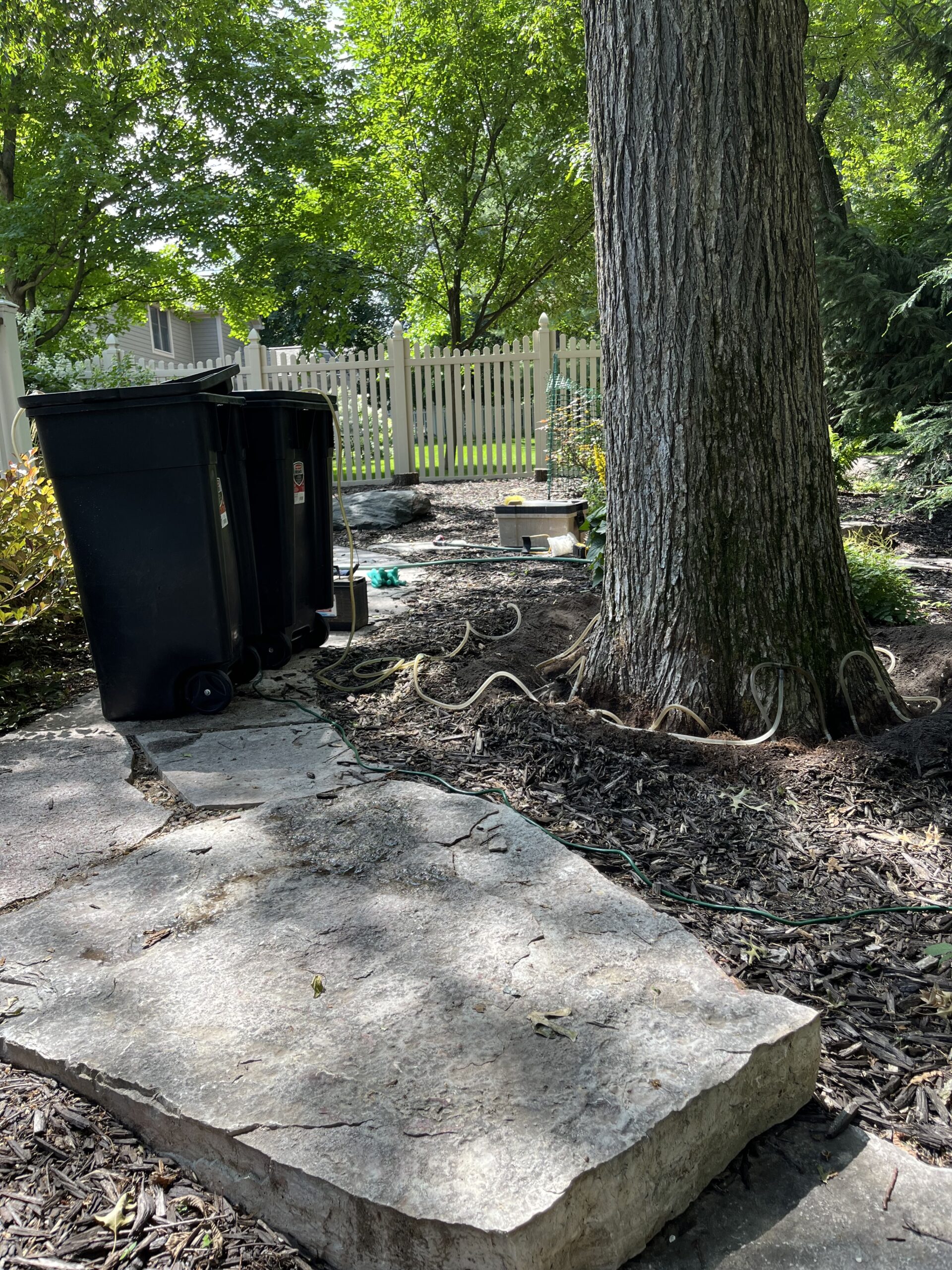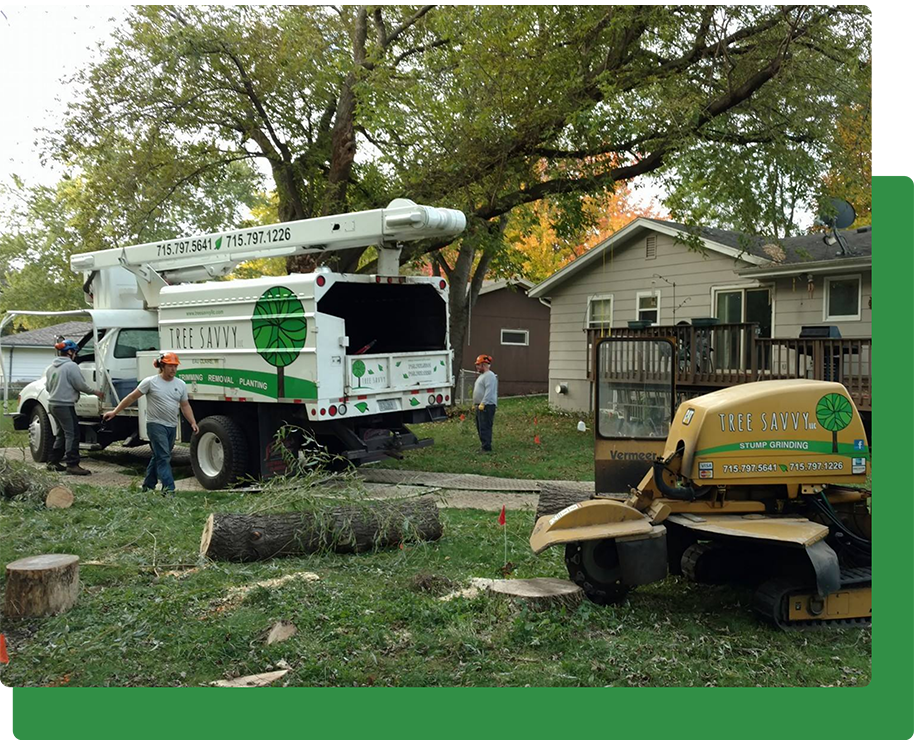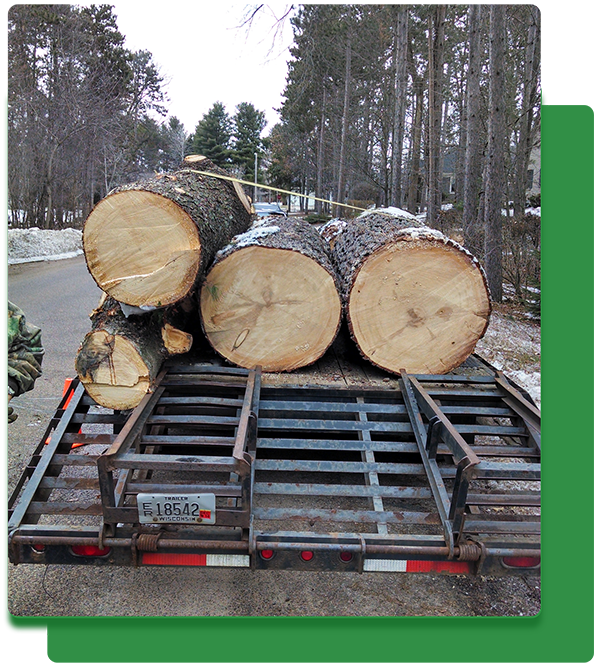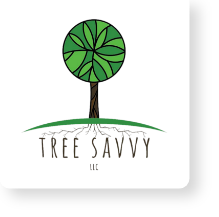
Dutch Elm Disease
Dutch Elm Disease is a lethal tree disease caused by an aggressive fungus (Ophiostoma novo-ulmi,) which kills Elm trees regardless of their health. Since its arrival to the United States in the 1930’s, the disease has killed millions of Elm trees across the country, and is considered the most costly shade tree disease ever.
The fungus responsible for Dutch Elm Disease (DED) can spread from infected to healthy trees both above and below ground. While the disease can spread through grafted roots between neighboring trees, it is most commonly transmitted from diseased trees to healthy trees by the European elm bark beetle and the native elm bark beetle.

Signs of Damage
Dutch elm disease symptoms begin to develop 4-6 weeks after infection. Symptoms include:
- Wilting or “flagging” of one or more branches, usually starting at the branch tip
- Leaves on infected branches turn dull green to yellow, curl, and become dry and brittle
- Canopy die-back from the top down
- The wood beneath the bark displays a brown discoloration as the infection spreads
Note: The symptoms listed above are true indicators of an active DED injection. However, only laboratory testing and identification can positively confirm that a tree has DED.

Means of Mitigation
Most infected elms cannot be saved, but in rare cases, the immediate removal of infected portions of the tree can reduce the likelihood of complete mortality (as long as the fungus has not also moved into the root system.) Therefore, early detection is pivotal in stopping and preventing the future spread of the disease. When a lethal DED infection is identified, it is important to:
- Remove the diseased elm tree(s)
- Remove bark from any elm firewood, or seal the pile with plastic during the summer to kill the fungus and prevent contaminated beetles from escaping
- Do not transport cut elm logs
- Physical disruption of the root grafts between infected and healthy trees (trenching.) Note: Tree Savvy does not offer this as a treatment option
To prevent an infection from happening in asymptomatic elm trees, or spreading in trees who have had the affected tissue removed, the follow chemical treatment is highly recommended:
- Trunk injection of fungicide (Arbotect 20-S) provides 3 years of protection
